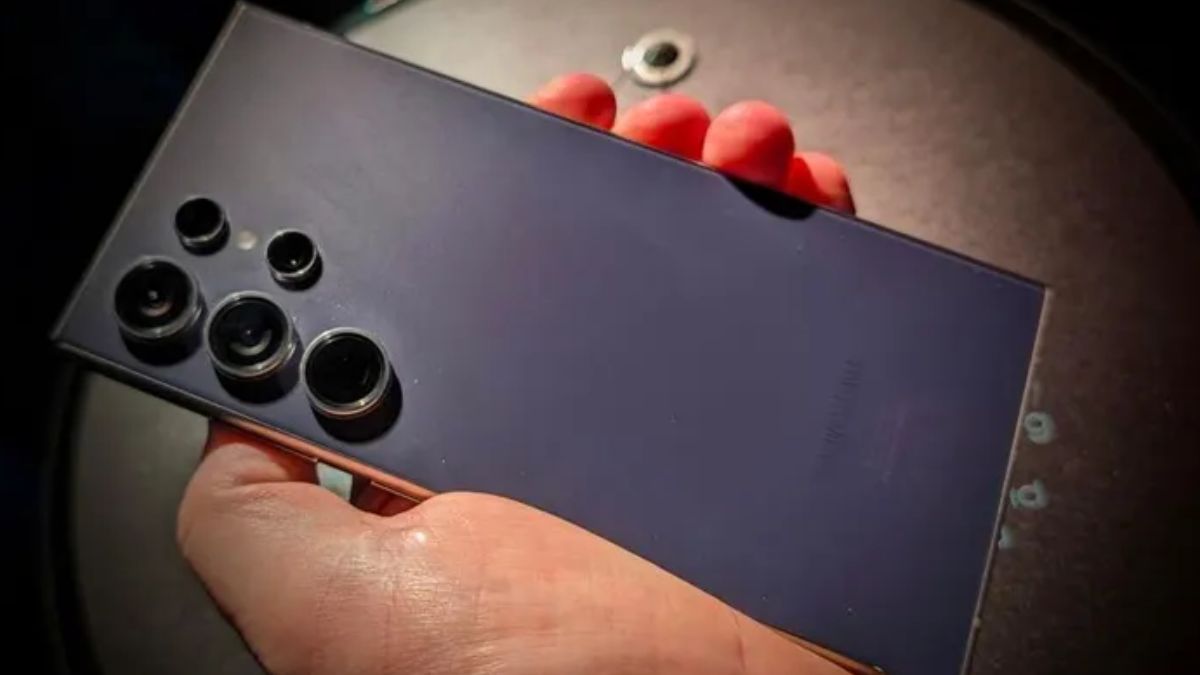 Image Credits-Forbes
Image Credits-Forbes
Advertisement
Samsung’s upcoming Galaxy S25 Ultra is generating buzz with reports indicating it will be both thinner and lighter than its competitors, the iPhone 16 Pro Max and Pixel 9 Pro XL. According to leaked specifications and insider sources, the Galaxy S25 Ultra is poised to redefine premium smartphone design, offering users a more streamlined and ergonomic device.
The Galaxy S25 Ultra, expected to debut in early 2025, aims to deliver cutting-edge technology within a more refined and portable package. Industry insiders reveal that the new model will feature a notably slimmer profile and reduced weight compared to its predecessors and current flagship rivals. This move aligns with Samsung’s strategy to enhance user comfort without compromising on performance or features.
Sources suggest that the S25 Ultra will measure just 8.3 mm in thickness, making it noticeably thinner than the iPhone 16 Pro Max and Pixel 9 Pro XL, both of which are currently thicker at around 9 mm. In addition to its reduced thickness, the S25 Ultra is rumored to weigh significantly less, promising a more lightweight feel that contrasts with the bulkier designs of competing high-end smartphones.
The design overhaul is expected to complement the S25 Ultra’s advanced features, which include an upgraded camera system, improved battery life, and enhanced processing power. Samsung is reportedly focusing on integrating these high-end specifications into a more compact form factor, a move aimed at setting a new benchmark in the premium smartphone market.
Samsung’s design strategy appears to be a direct response to consumer feedback favoring more portable devices that do not sacrifice functionality. As the Galaxy S25 Ultra prepares for its release, the emphasis on a thinner, lighter design could give Samsung a competitive edge, appealing to users seeking both cutting-edge technology and a more comfortable device experience.
With the launch of the S25 Ultra on the horizon, anticipation is building around how it will stack up against the iPhone 16 Pro Max and Pixel 9 Pro XL, potentially setting a new standard in smartphone design.
